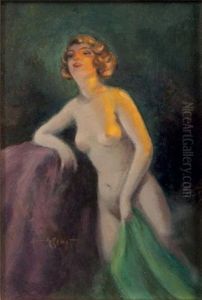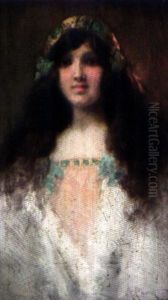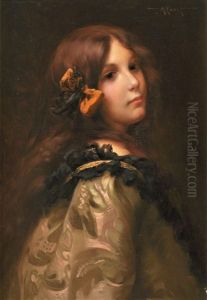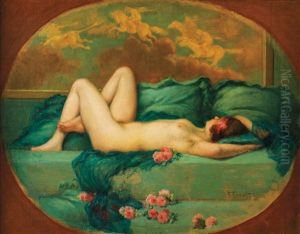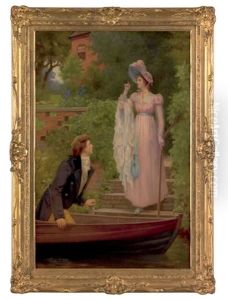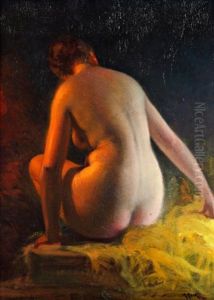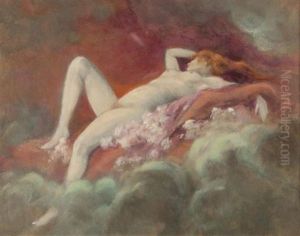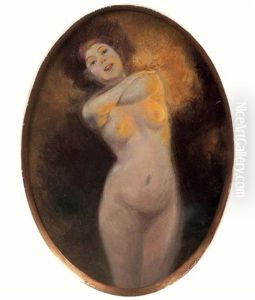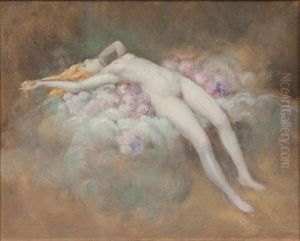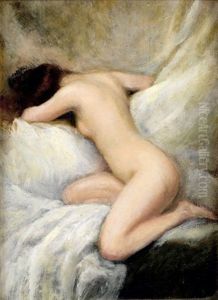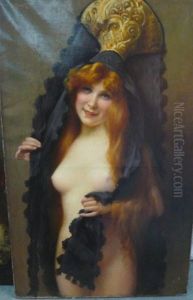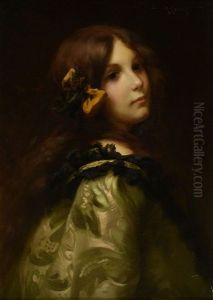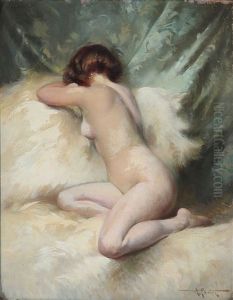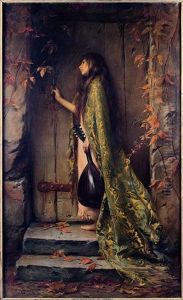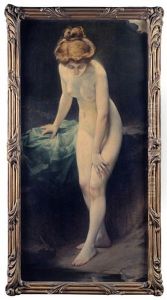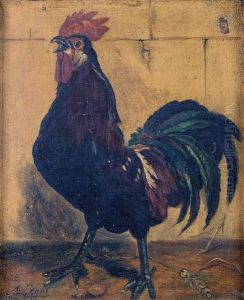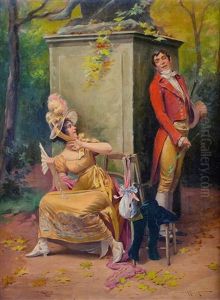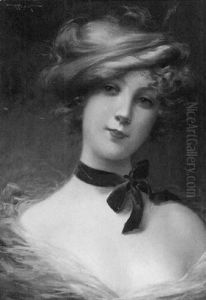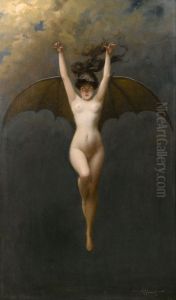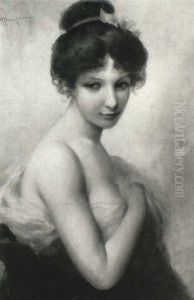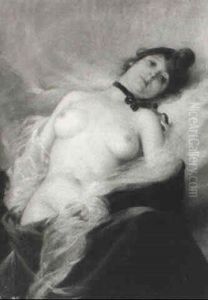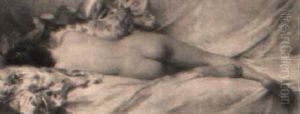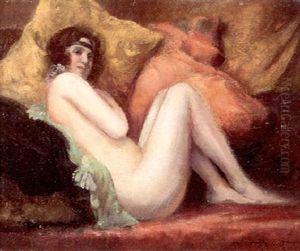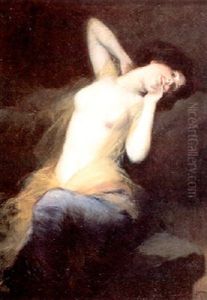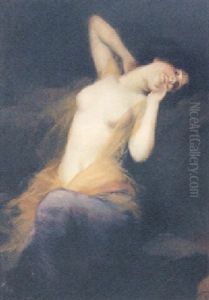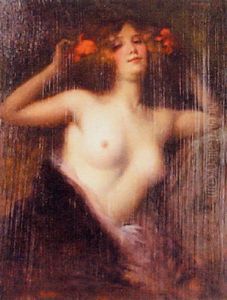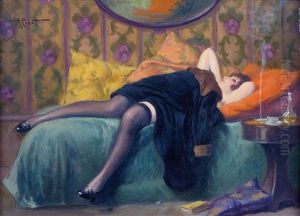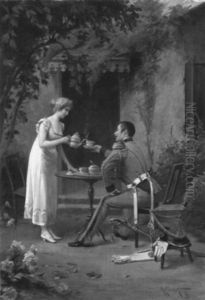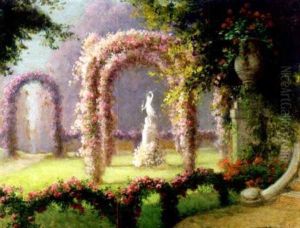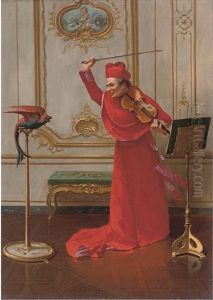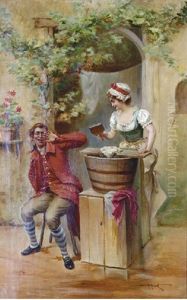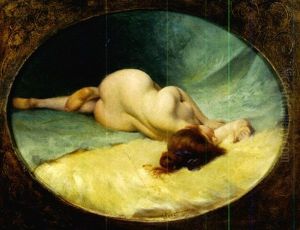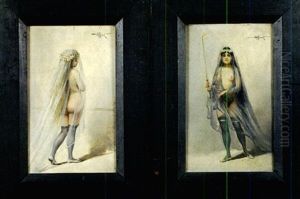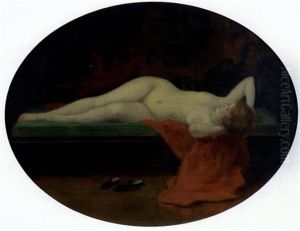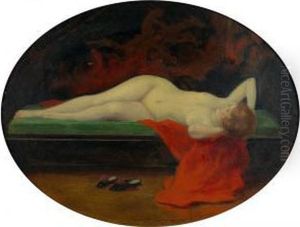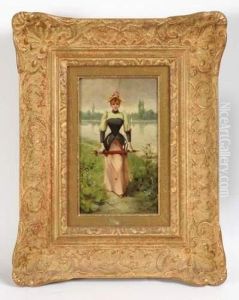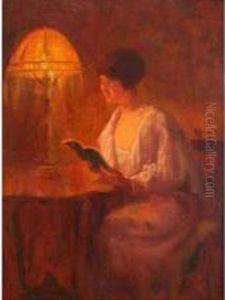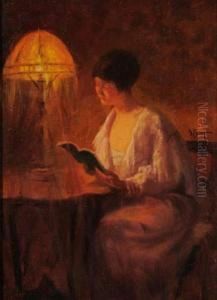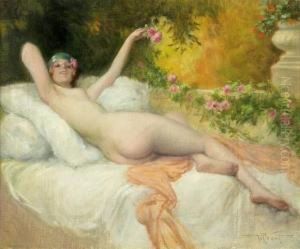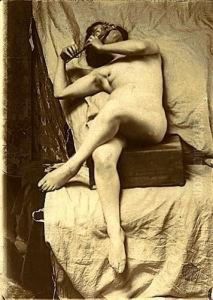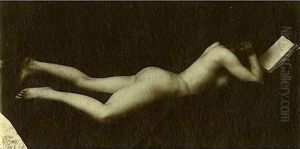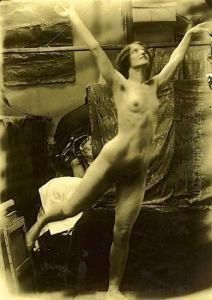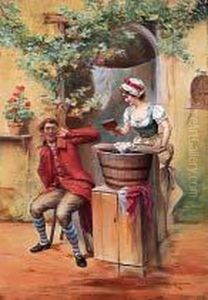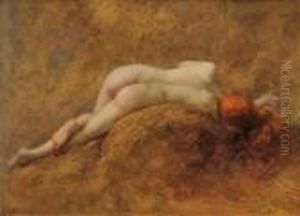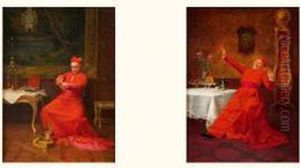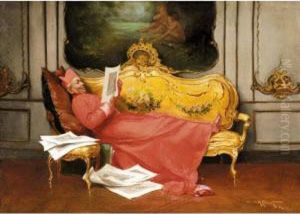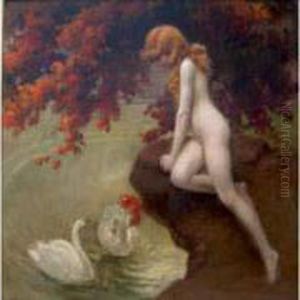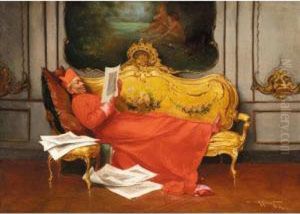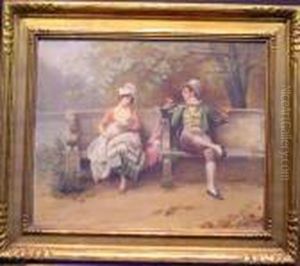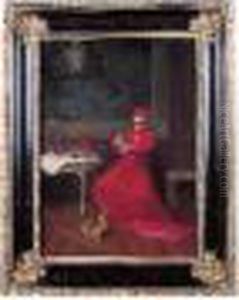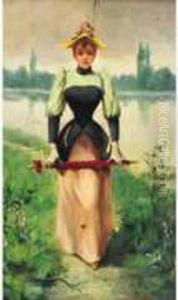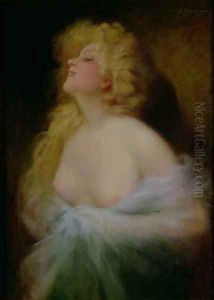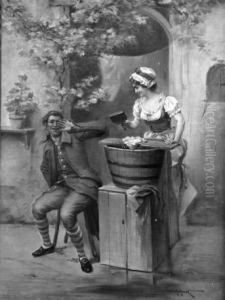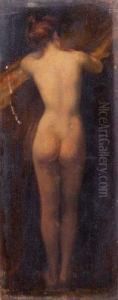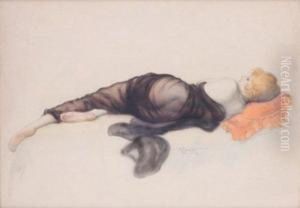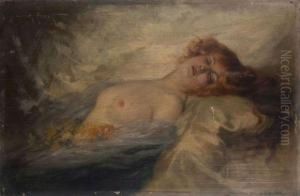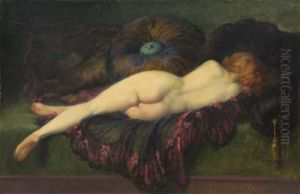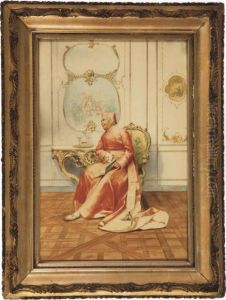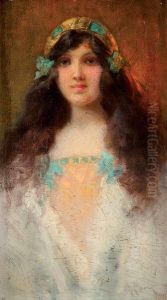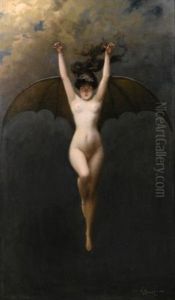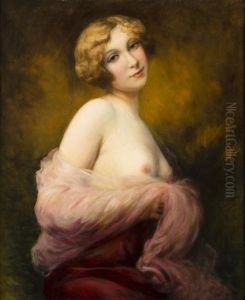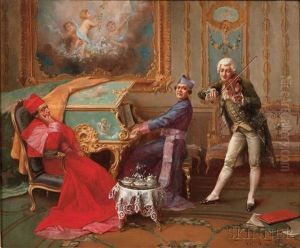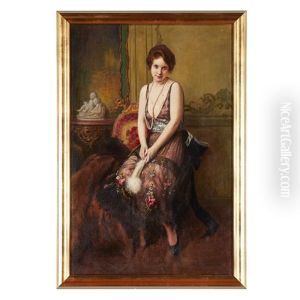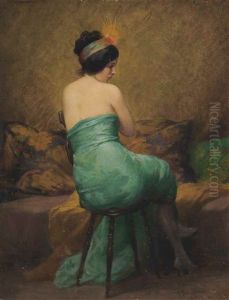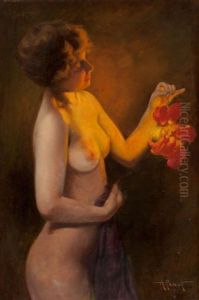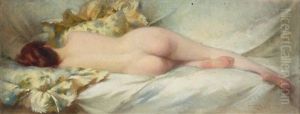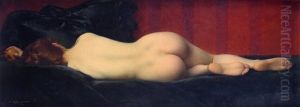Albert Joseph Penot Paintings
Albert Joseph Penot was a French artist known for his paintings of female nudes. Born in 1862, Penot developed a strong foundation in the arts at a young age. He studied at the École des Beaux-Arts in Paris, which was one of the most influential art schools in France. Penot's academic training provided him with a traditional skill set that he applied to his work throughout his career.
Penot's style was largely influenced by Academicism, a style that adhered to the standards of the French Academies. This movement emphasized classical themes, realism, and often featured historical, religious, and mythological subject matter. However, Penot is particularly noted for his sensual and sometimes erotic representations of women, which were a significant departure from the more conservative subjects typically associated with Academic art.
During his lifetime, Penot exhibited his work at various salons, including the prestigious Salon de Paris, an annual exhibition that was the official art exhibition of the Académie des Beaux-Arts in Paris. His works were well-received, and he garnered respect from his contemporaries for his ability to capture the female form with elegance and a hint of mystery.
In addition to nudes, Penot also painted portraits and landscapes. However, it is his nudes for which he is best remembered today. His painting style often included a rich use of color and a masterful depiction of light and shadow, which gave his figures a lifelike presence.
Albert Joseph Penot's career spanned a period of significant change in the art world, with the emergence of movements such as Impressionism, Post-Impressionism, and early Modernism. However, Penot remained largely true to his Academic roots and did not venture far into these new styles.
Penot passed away in 1930, leaving behind a body of work that continues to be appreciated for its technical skill and its unique contribution to the genre of nude painting. His works exist in private collections and museums, serving as examples of the rich tradition of Academic painting in the late 19th and early 20th centuries.
